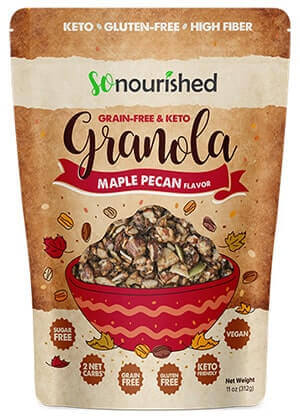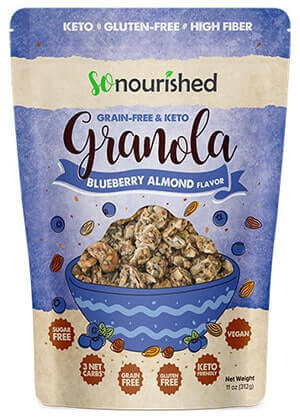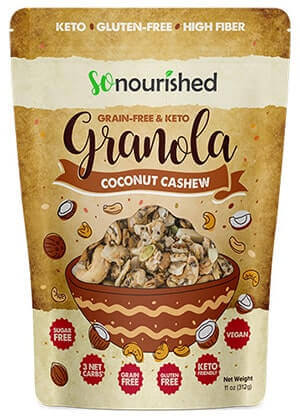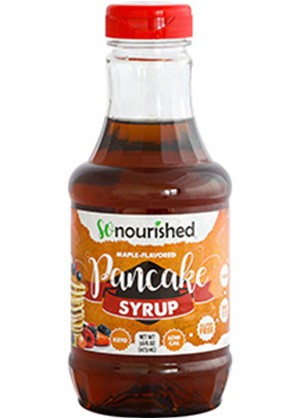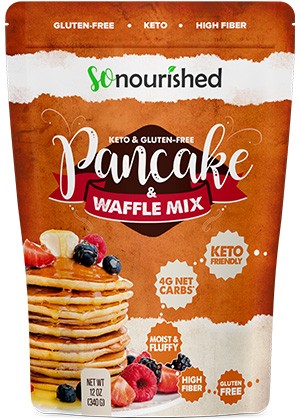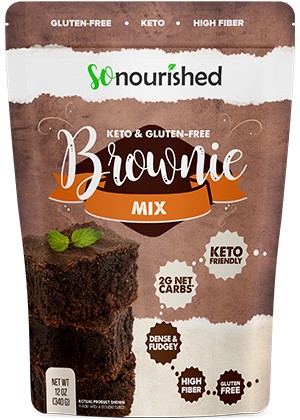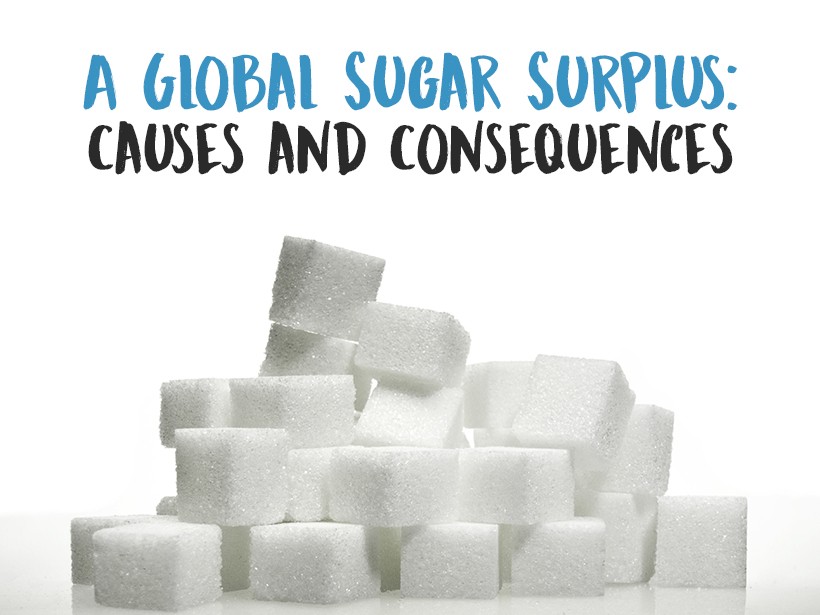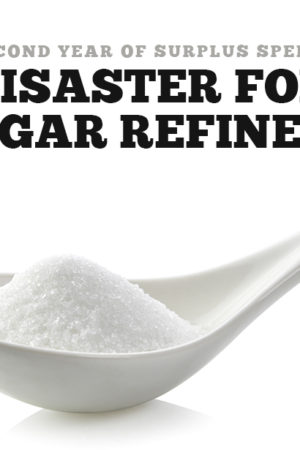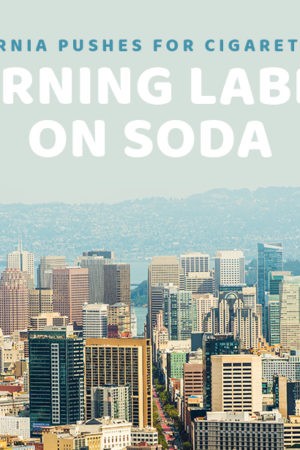In recent years, there have been a variety of efforts in countries around the world to slow public sugar consumption in an attempt to ward off obesity and obesity-related diseases. These efforts have taken the form of direct taxes on sodas, public awareness campaigns, and threats by various governments to the food and drink industry to lower the amounts of added sugar in its products. This season, the world headed into a sugar surplus, and the largest producers around the world have been left with huge stockpiles. Those at the forefront of the push against sugar are wondering: What’s caused the surplus? And what effect will it have on the amount of sugar in our diets?
A Fall in Sugar Prices Scares Producers
Largely thanks to unusually heavy rains across Asia—as well as the uptick in European production following the EU’s deregulation of domestic sugar production—global supply this season is expected to beat demand by 10.4 million metric tons. Sugar prices, as a result, began slipping at the end of last year, and futures on the New York Stock Exchange hit a six-year low.1
At the beginning of March, sugar prices reached their lowest point in eight months. This decline, and the prospect of an extended surplus lasting through next year, has the International Sugar Organization (ISO) worried. In terms of prices, the ISO said the picture for now and next season “does not look promising.”2
Shrinking Demand for Sugar: Can it Last?
While lower prices may mean higher consumption in the short term, some experts suggest that the surplus is indicative of a larger trend: companies like Coca-Cola—which uses 14 percent of the world’s sugar and has 200 new low-sugar formulations in the works—are finally responding to consumer demands for less sugar. “Growth is not what it's been,” said Tom McNeill, managing director of Green Pool. “There is undoubtedly a move by global bottlers and by a lot of global food manufacturers to reduce the sugar content in their bottles.”3 This may be true: last season’s increase in global demand was the lowest in at least six years, a mere 0.2 percent.
Indeed, the global price drops are a warning not only to producers but to experts and public health officials concerned about an excess of cheap sugar on the market. However, while factors on the production side seem in many ways responsible for the surplus, this year’s excess sugar may be due in part to a tidal shift in the food and drink industry, at last making real efforts to lower sugar content. In that case, this year’s surplus may be a sign of a long-term move away from sugar. Let’s hope so.
NUTRITIONAL DISCLAIMER
The content on this website should not be taken as medical advice and you should ALWAYS consult with your doctor before starting any diet or exercise program. We provide nutritional data for our recipes as a courtesy to our readers. We use Total Keto Diet app software to calculate the nutrition and we remove fiber and sugar alcohols, like erythritol, from the total carbohydrate count to get to the net carb count, as they do not affect your blood glucose levels. You should independently calculate nutritional information on your own and not rely on our data. The website or content herein is not intended to cure, prevent, diagnose or treat any disease. This website shall not be liable for adverse reactions or any other outcome resulting from the use of recipes or recommendations on the Website or actions you take as a result. Any action you take is strictly at your own risk.
- California Pushes for Cigarette-Like Warning Labels on Soda - July 1, 2019
- Is a Slowdown in Australia's Sugar Consumption a Sign of More to Come? - June 24, 2019
- Groundbreaking Study Says the Sugar Rush Doesn't Exist - June 12, 2019


